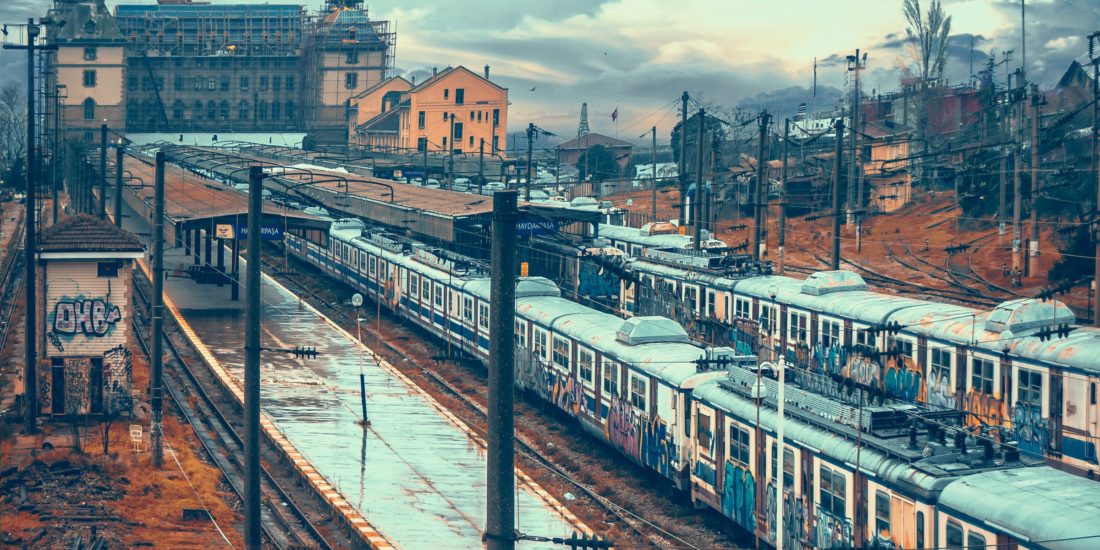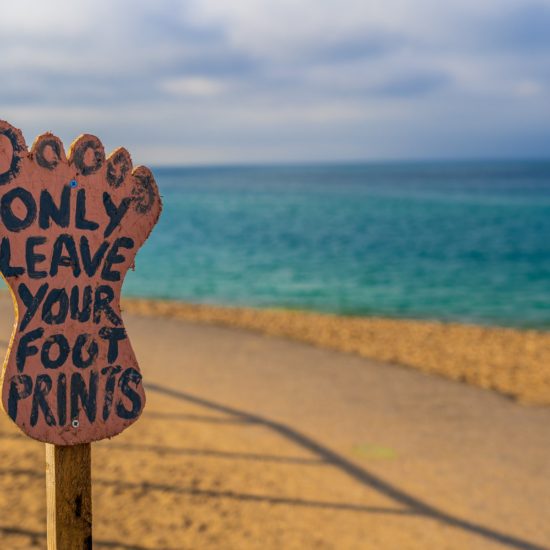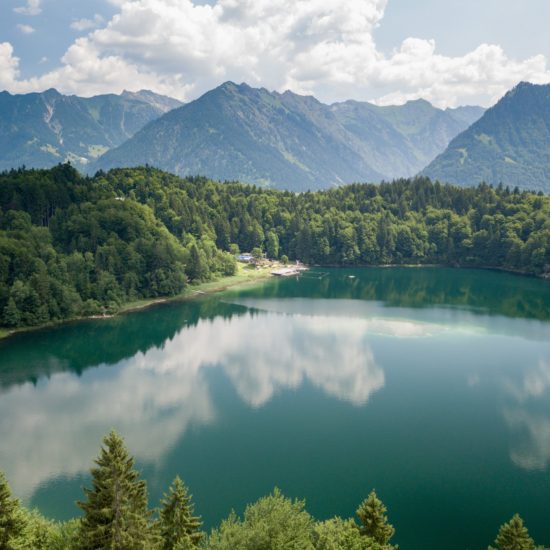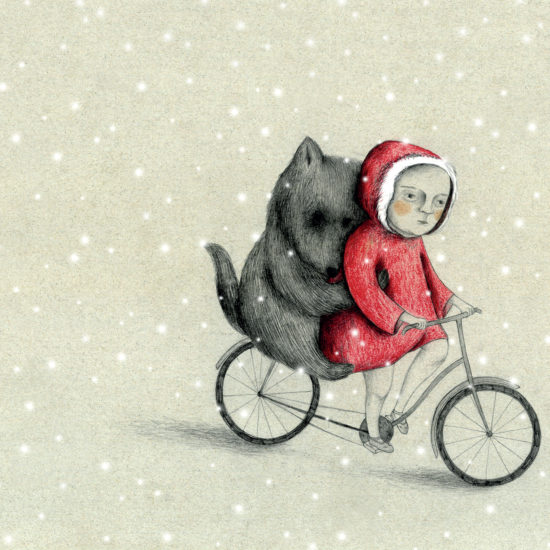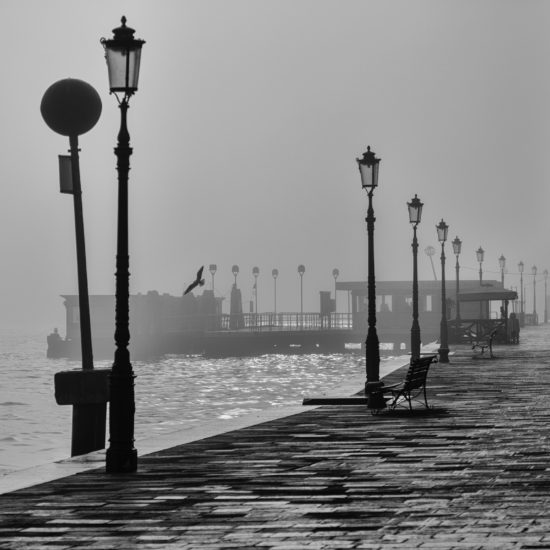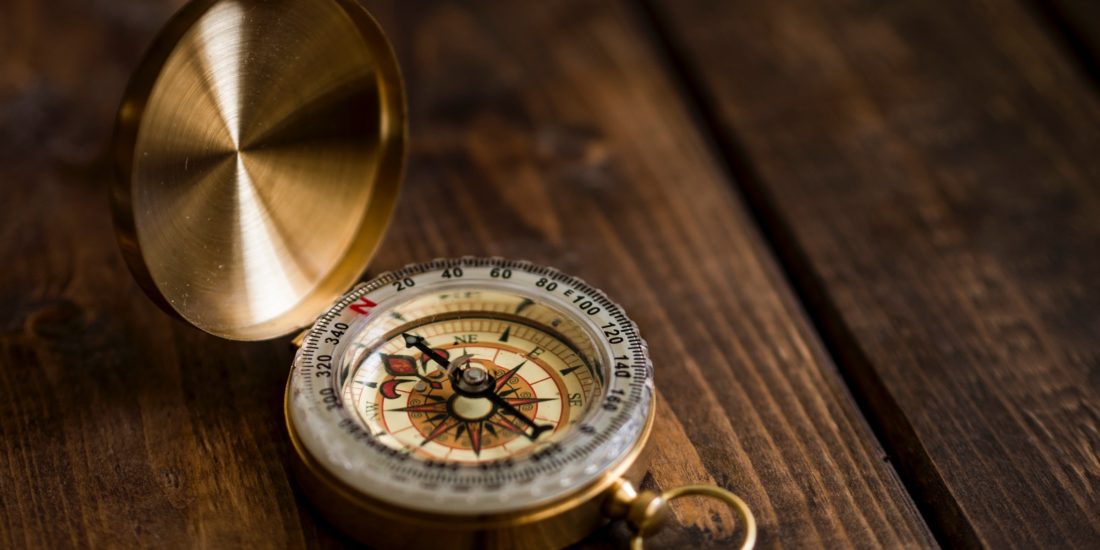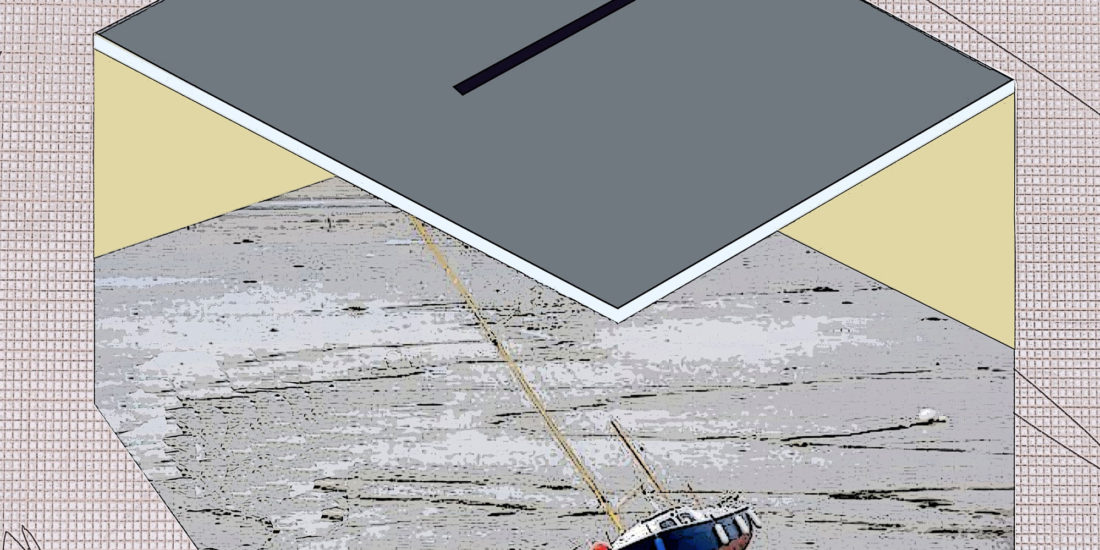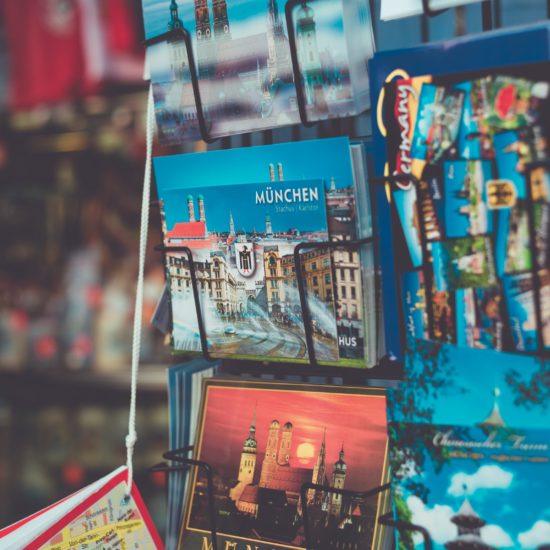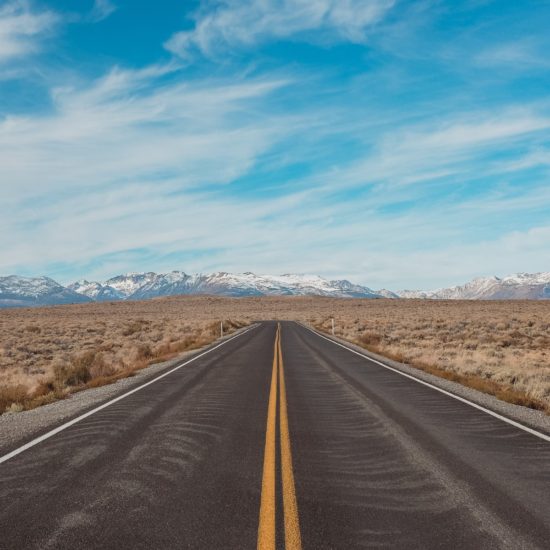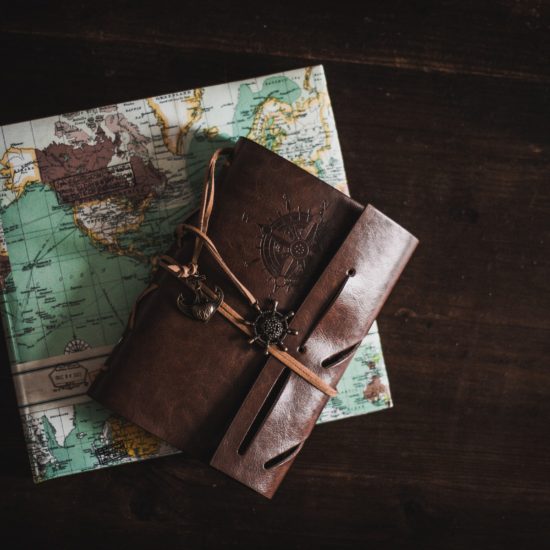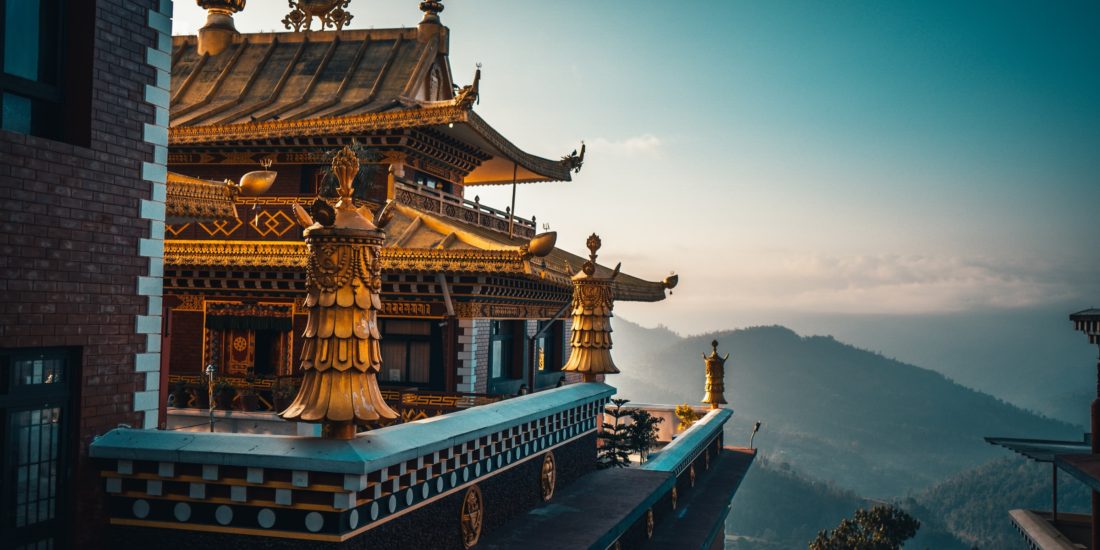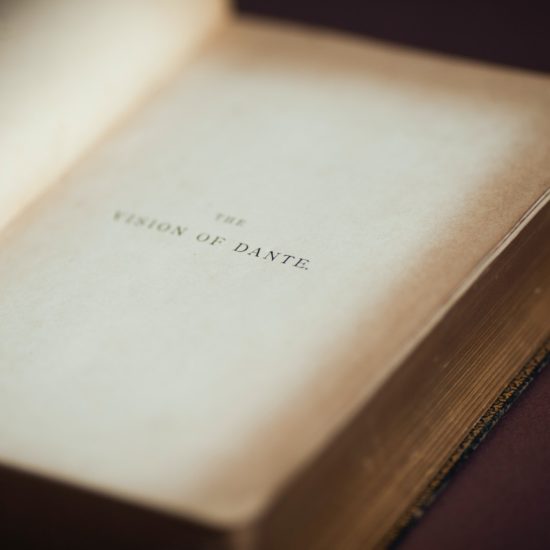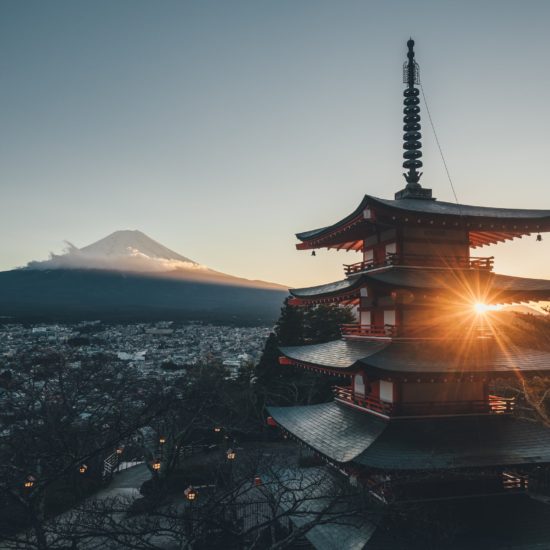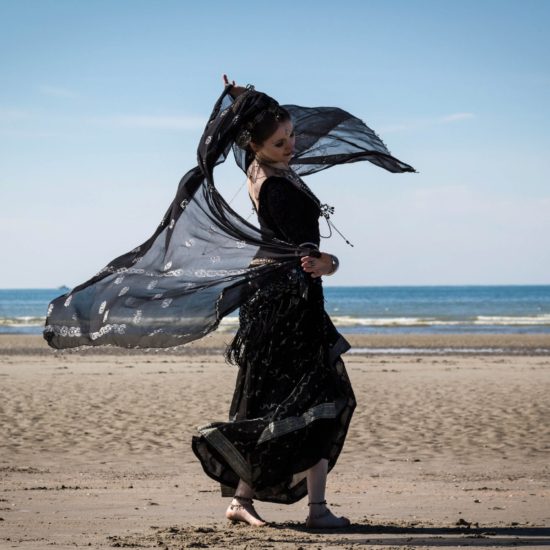MONOLITH VOLUME XVIII: Stay Away
Whether it happens in real life or whether it is used as a dreamy and symbolic pretext for a more abstract destination, the journey is the vocational story of a need for escape or exploration that belongs to the complexity of human desires and impulses. Perhaps, its nature as a universal subject with an eternal charm places it among those themes of which it is not possible to establish a single declination, yet it is sufficient to pronounce it to begin to dream and count the past lives of our dreams.
The journey communicates exuberance, a sense of safety and dedication to the bottom of an adventure that we do not know, and that pushes our destiny with the exact force of an overturned time, where every forgotten image resurfaces from the unconscious like a big prism.
Whether you really travel, on foot, by bicycle, in silence, out of boredom, despair, fashion, lack of love or true ardor, the meaning lies in the truth of what the years pocket for us: and we are the journey we face, together with the words we choose to describe it.
After all, the journey is a macrocosm of multiple languages that in an archetypal babel teach the perpetual motion of being together and isolation, in an infinite rhythm of approaches and distances that make man a nomadic or settling being, alive or dead, friendly or hostile. From travelers of the past to those of the present, from tenacious travelers to those who read the maps of the world from the inside of a room, the open address of an ancient metaphor is always inherent in the journey: the cyclical nature of life, its departures, its highest moments, the arrival, the greeting. In this sense, writing and the arts are masterful in representing the relationship that exists between the concrete sense of travel and the mythical, exuberant one of the imagination. Two great women of literature of the same name (Emily Dickinson and Emily Brontë) have taught us that travel is above all an inner call. At the same time, being inhabitants of the Earth involves the gesture of crossing it, listening to it and respecting it in the diversity it unfolds. In both cases, the journey is discovery, knowledge, learning of a language without any boundaries: for a geography of lands, for a geography of sentiment.
OUR AUTHORS | CONTRIBUTIONS
Il viaggio comunica esuberanza, un senso di incolumità e dedizione fino al fondo di un’avventura che non conosciamo e che spinge il nostro destino con la forza esatta di un tempo capovolto, dove ogni immagine dimenticata riaffiora dall’inconscio come un grande prisma. Che si viaggi davvero, a piedi, in bicicletta, in silenzio, per noia, disperazione, moda, disamore o vero ardore, il senso sta nella verità di quel che gli anni intascano per noi: e noi siamo il viaggio che affrontiamo, insieme alle parole che scegliamo per descriverlo.
In fondo il viaggio è un macrocosmo di linguaggi plurimi che in una babele archetipica insegnano il moto perpetuo dello stare insieme e dell’isolamento, in un infinito ritmo di avvicinamenti e distanze che fanno dell’uomo un essere nomade o stanziante, vivo o morto, amichevole o ostile. Dai viaggiatori del passato a quelli del presente, dai viandanti tenaci a coloro che leggono le mappe del mondo dal chiuso di una stanza, nel viaggio è sempre insito l’indirizzo aperto di una metafora antica: la ciclicità della vita, le sue partenze, i suoi momenti più alti, l’arrivo, il saluto. In questo senso la scrittura e le arti sono magistrali nel rappresentare il rapporto che esiste tra il senso concreto del viaggio e quello, mitico, esuberante, dell’immaginazione. Due grandi donne della letteratura dallo stesso nome (Emily Dickinson ed Emily Brontë) ci hanno insegnato che il viaggio è anzitutto una chiamata interiore. Al contempo, l’essere abitanti della Terra comporta il gesto di attraversarla, ascoltandola e rispettandola nelle diversità che dispiega. In entrambi i casi, il viaggio è scoperta, conoscenza, apprendimento di una lingua senza più alcun confine: per una geografia delle terre, per una geografia del sentimento.




